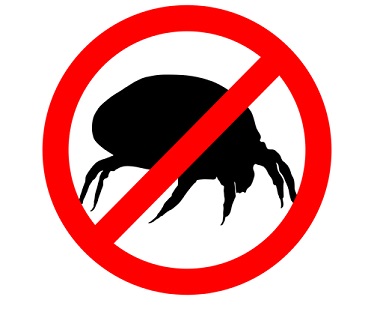Dust Mite Allergy Symptoms, Causes, Diagnosis and Treatment

What Is Dust Mite Allergy ?
It is the allergic reaction in response to small bugs which commonly prevail in the dust of our houses. Symptoms may range from minor to intense and may generally include:
- Runny nose.
- Sneezing.
A number of individuals with the particular allergy tend to experience symptoms of asthma as well, for example breathing difficulties and wheezing. Dust mites are minute enough to be seen with bare eyes. They feed on skin cells that are shed by us; however thrive in humid, warm climates. Moreover, in many homes, carpets and bedding serves as the best shelter for them. Controlling the growth of dust mites can help reduce the occurrence of allergic reactions. Treatment is needed to ease signs and control asthma.
What Are The Symptoms Of Dust Mite Allergy ?
Common signs of dust mite allergy are:
- Itchy and watery eyes.
- Red eyes.
- Sneezing.
- Itchy throat or nose.
- Nasal congestion.
- Cough.
- Runny nose.
- Postnasal drip.
- Swollen skin under the eyes.
- Facial pressure.
As mentioned earlier, a number of individuals with dust mite allergy also tend to develop the symptoms of asthma, few of which include:
- Breathing difficulties.
- Difficulty sleeping due to wheezing, coughing.
- Chest pain or tightness.
Mild allergic reaction may source symptoms like:
- Sneezing.
- Watery eyes
- Runny nose,
However in extreme instances, the condition can be chronic, resulting in constant
Cough.
- Sneezing.
- Facial pressure.
- Congestion or
- Serious attack of asthma.
What Causes Dust Mite Allergy ?
Generally, allergy arises when the immune system of a body response against a foreign invader, for example dust mites or pet dander. In the normal course of action, the immune system makes antibodies to defend our body against the harmful substances that can source an infection or make us ill. In case of having an allergy, the immune system produces antibodies that spot the specific allergen as dangerous, no matter it is not. Next time, you come in contact with the allergen or inhale it; the immune system of your body reacts and makes an inflammatory reaction in the lungs or nasal passage. More specifically, frequent or prolonged exposure to your allergen can source chronic inflammation linked with asthma.
How Is Dust Mite Allergy Diagnosis ?
The health care provider can doubt dust mite allergy considering your signs, answers of certain questions provided by you and inspection of your nose. He can then suggest allergy skin test. Rarely, blood test is needed.
How Is Dust Mite Allergy Treatment ?
The more you are able to control dust mites in your house, the more you are able to minimize the occurrence of allergic response or at least, expect minor reactions. Though, you cannot eradicate dust mites completely from the environment.
A number of drugs can help manage the symptoms of dust mite allergy. Few medicine options, the doctor can review for your case includes:
- Leukotriene modifiers.
- Cromolyn sodium.
- Antihistamines.
- Decongestants.
- Corticosteroids.
Besides, other therapies tend to include:
- Nasal irrigation.
- Immunotherapy.
By : Natural Health News




